


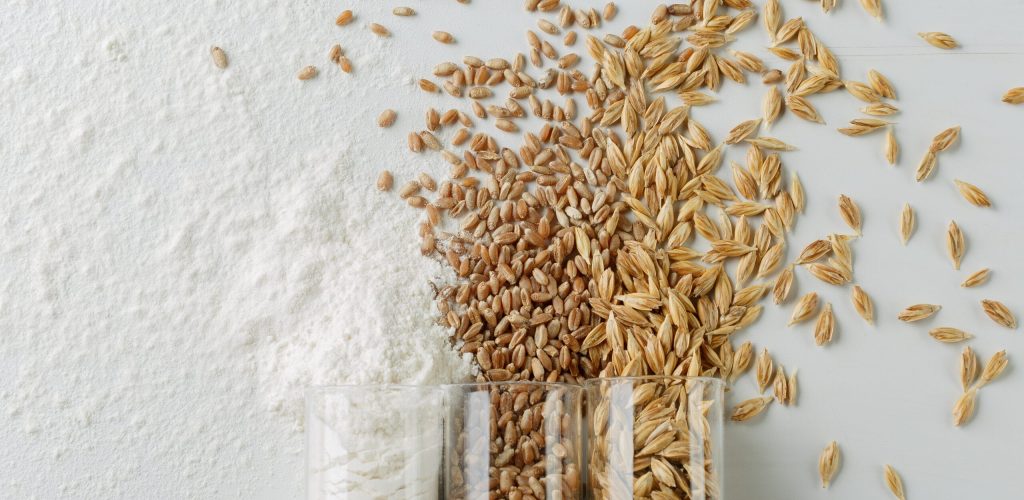
Head millers spend years in college studying the properties of milling equipment and how to produce exquisite flour that meets exact specifications. Bakers and pastry chefs devote the entirety of their careers to using it creatively and studying hands-on with experimentation. If they’re any good at their job, baking instructors also learn the science behind what makes each flour work in each application. So, do you really know how flour works?
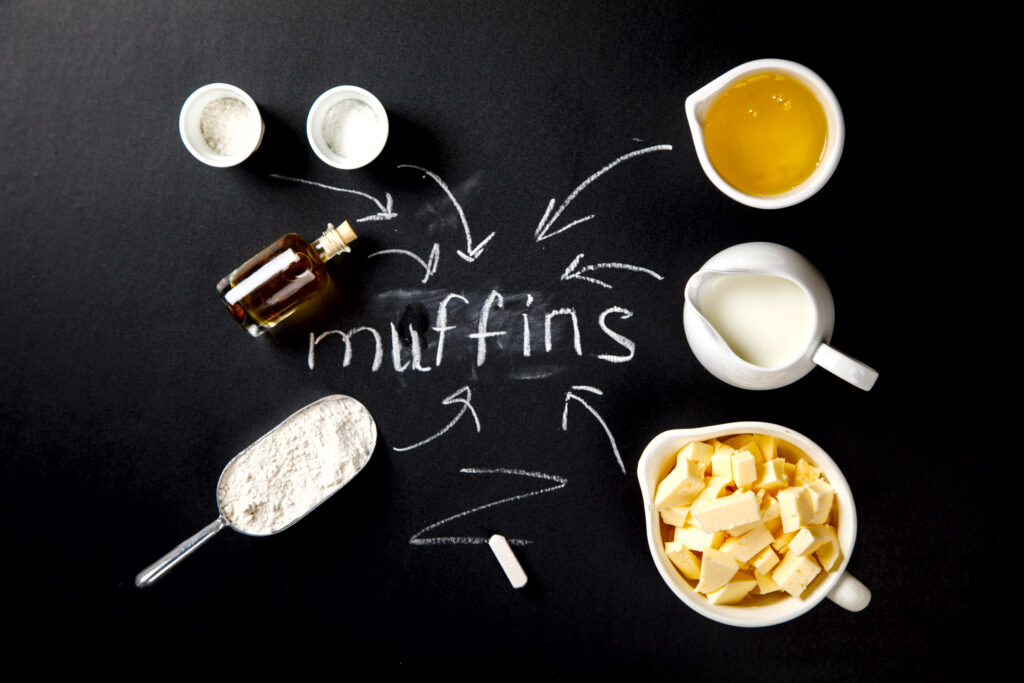
How often did you add flour to your cookies and cakes and overlook its true importance for the chemical and physical changes needed for the finished product to come out of the oven with an acceptable finished look and taste? You probably haven’t had to think about it until something went wrong. Why are the cookies as hard as a rock? Why is the cake extra thick and weird today? What happened to the bread? It looks like a two-headed monster! We certainly prefer the question, “Who ate all the bread?” That’s a question suggesting that everything went perfectly in the baking process.
Understanding the science behind flour and its interactions during baking can provide valuable insights into our baking items. When we select a specific type of flour, it should be chosen for a recipe that will complement the properties of the flour and produce delicious results. This knowledge empowers us to achieve the best results with each flour, making us more knowledgeable and confident in our baking endeavors.
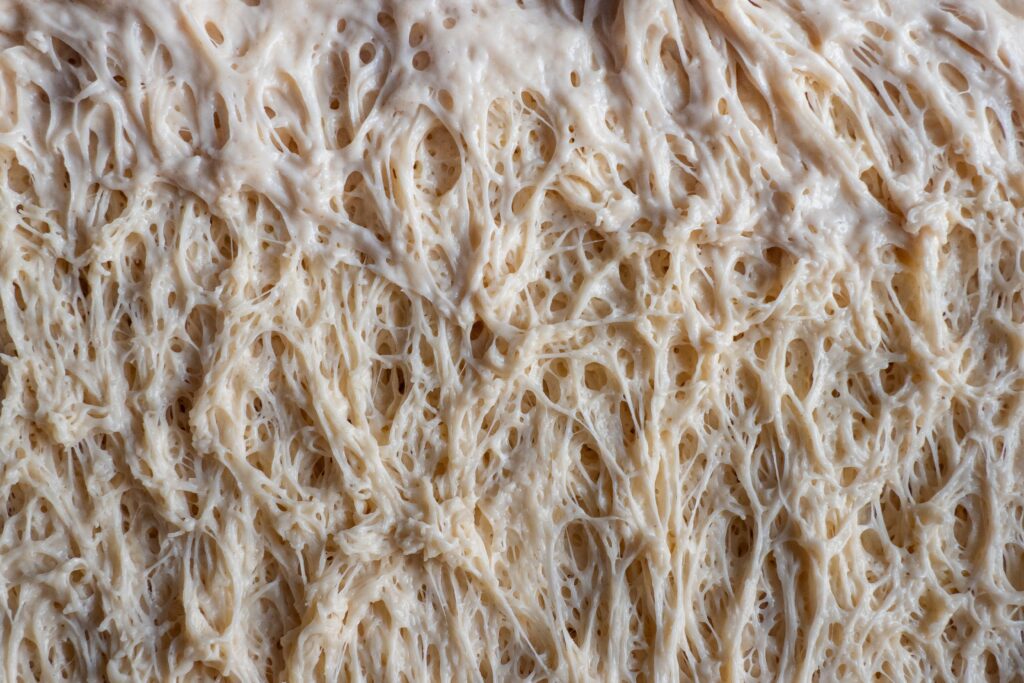
Gluten, often misunderstood, is a vital component of wheat flour, especially in baking. Its role in baking is significant and multifaceted. First, it acts as a binding agent for doughs and batters. Secondly, in bread and batters, it traps the gases released by yeast or leavening agents during baking, preventing bread, cakes, and cookies from being too dense. Furthermore, gluten is ultimately responsible for the shape and texture of baked goods. Understanding and appreciating the role of gluten in baking can enlighten us and enhance our baking experiences.
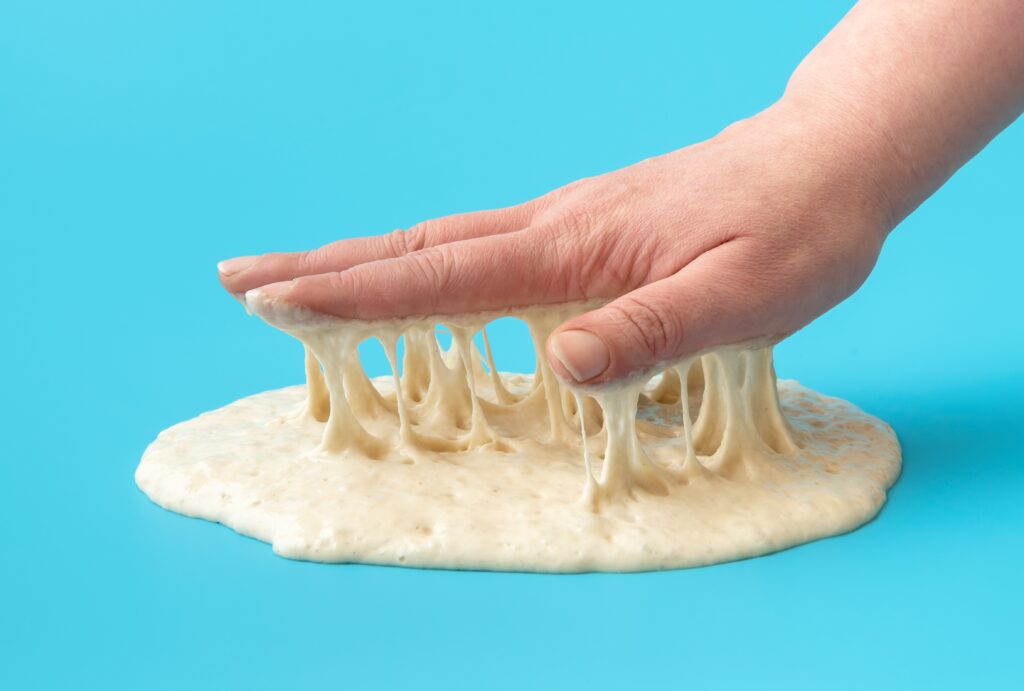
Gluten is made up of two proteins, glutenin and gliadin. When mixed with water, these two proteins combine to create strong, elastic gluten strands in the dough. These gluten strands become stronger and more developed the more you mix the dough, ultimately affecting the texture and type of dough formed. The more gluten proteins in flour, the quicker and stronger the elastic gluten strands will be created in the dough.
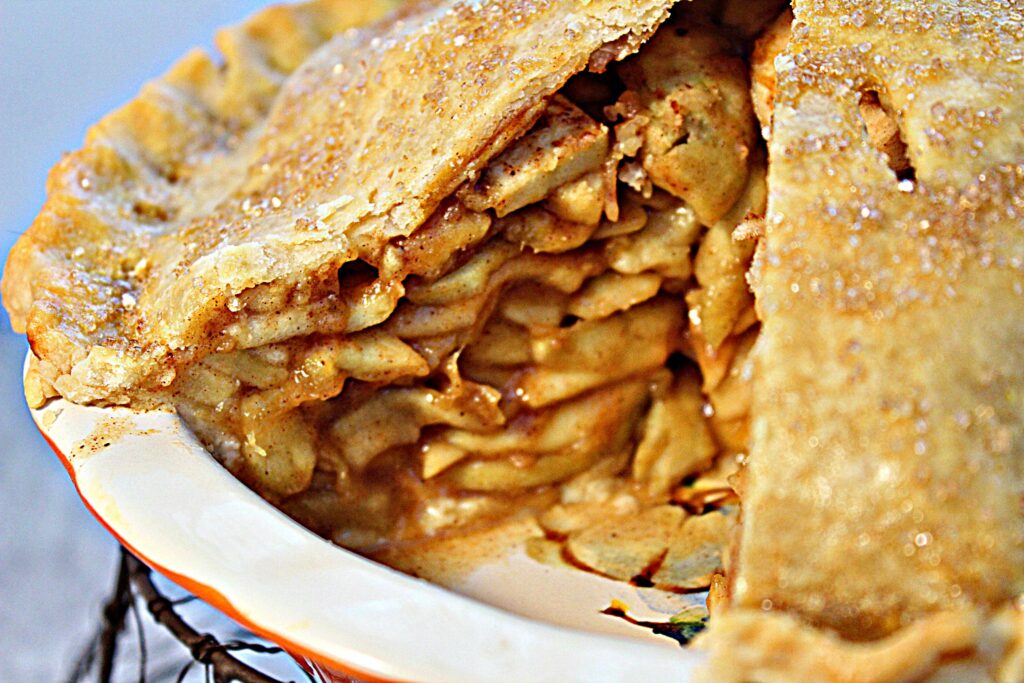
The role of fat in baking is crucial and often overlooked. The fat content in a dough or pastry significantly affects how quickly and tightly the gluten strands are formed. Fat prevents the proteins from connecting as rapidly as possible and can even prevent them from connecting altogether. This understanding can prepare us when choosing the right flour for our recipes. For instance, when a more tender finished product is desired, higher fat content is often seen in pastries, cookies, and cakes. It’s also not uncommon for a higher protein flour to be used in pastries with a lot of fat in the formulation, as bakers may want more structure and a longer shelf life. Fat in baking adds to the shelf life of baked goods, keeping them moist when exposed to air.
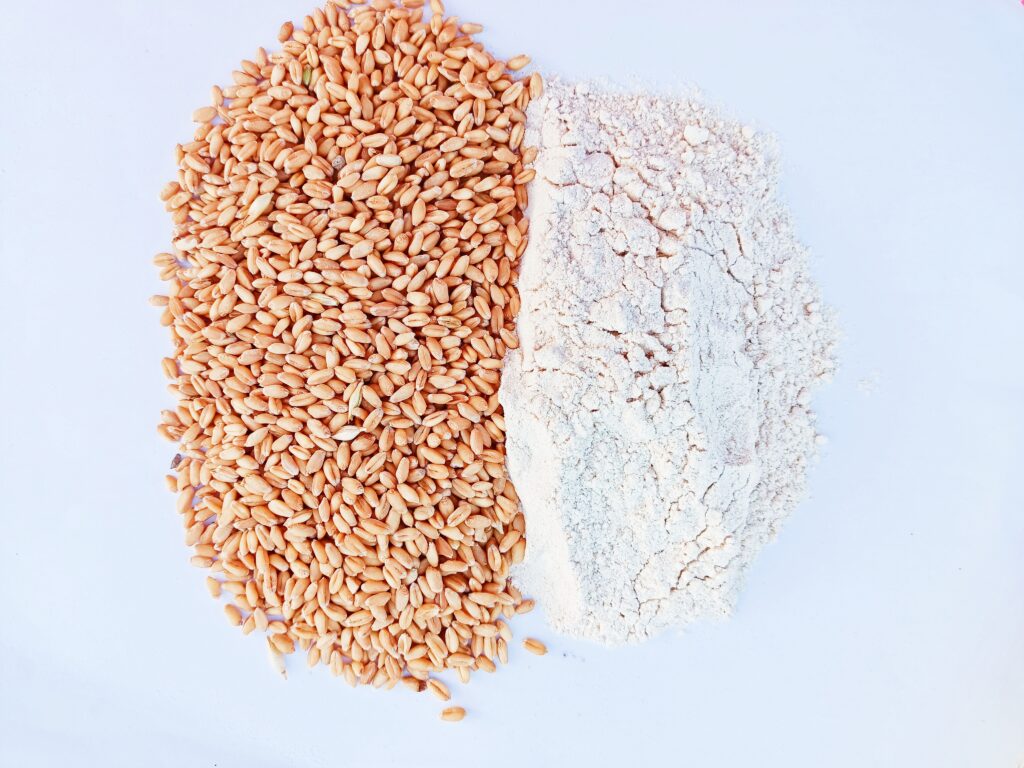
The protein percentage is the best indicator for choosing the flour for a specific baked good. Different types of dough and batters require different levels of gluten content. For instance, bread, pizzas, and pasta require a higher protein content. The higher amount of gluten makes the bread dough elastic and stretchy, contributing to open-air pockets and a tender loaf that won’t fall apart when sliced. It helps the pasta to have enough protein so that, when cooked, it has a desirable texture.
On the other hand, cakes, cookies, and other pastries require less gluten, making them lighter and fluffier. The gluten connections are less connected and elastic. Therefore, as expected, bread flour has a higher protein content than pastry or cake flour. Oddly enough, hard wheat varieties produce higher protein content flours for bread and pasta. Softer wheat varieties produce lower protein content for softer products. If someone mentions they prefer soft wheat, they are more than likely to create baked goods that are more delicate, like cakes and cookies.

Bread flour, durum semolina, and hard whole-wheat flour have the most protein, about 12-15%. Bread flour is made from hard wheat and forms strong, durable gluten, making the elastic dough necessary for good bread. Whole-wheat flour provides a more wheat flavor and is slightly darker than white flour. It is produced by milling whole wheat berries instead of just parts. These flours are, therefore, ideal for yeast-raised dough and pizzas.

As its name suggests, all-purpose flour can be used for almost anything since it is generally a mix of hard and soft wheat. It falls in the middle regarding protein content, 9-12%, and thus can be used for most home-baked goods. It also comes in bleached and unbleached versions. The difference between these two is that bleached flour has been treated with an agent to whiten it. Its nutrients are restored, while unbleached flour remains untouched and keeps all its nutrients on its own. Regarding baking results, however, these two are equal and will work the same.

Pastry flour is made from soft wheat and contains 8-9% protein. This results in weaker gluten and a softer product, resulting in a crumbly, fluffy texture. Thus, it is mainly used for different types of pastries.
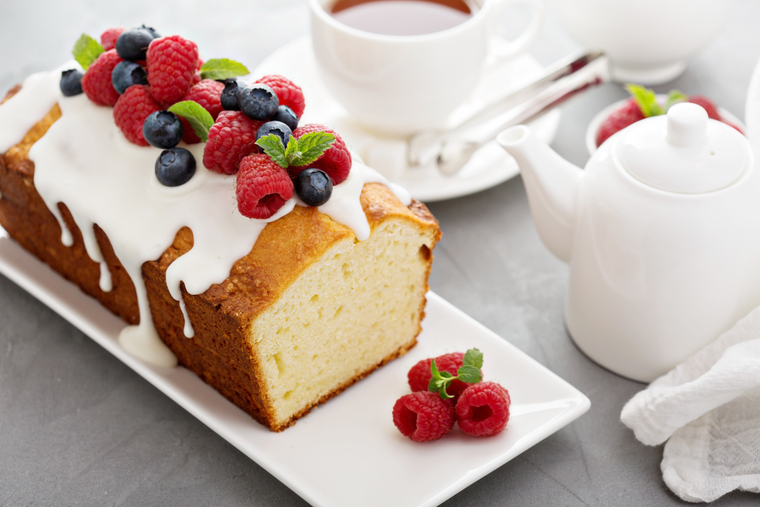
Cake flour is very similar to pastry flour. It is made from soft wheat and falls below pastry flour with a 7-8% protein content. The lower protein content ensures that cakes turn out fluffy and tender.
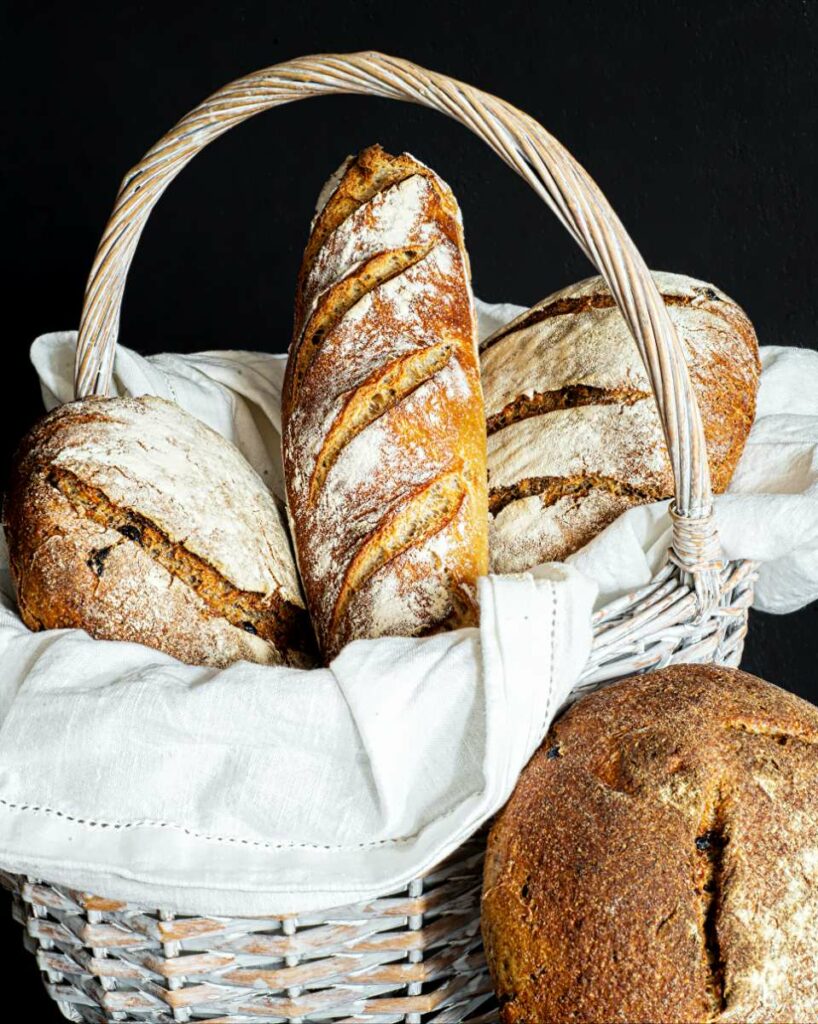
Typically described as low-protein bread flour with .50-55% ash, this flour is ideal for Artisan bread, laminated dough, Neapolitan pizza, cookies, scones, and quick bread.

The typical falling numbers* for this flour mean it can’t be used as well for bread, but is excellent for flatbreads, crackers, pizza, and tortillas.
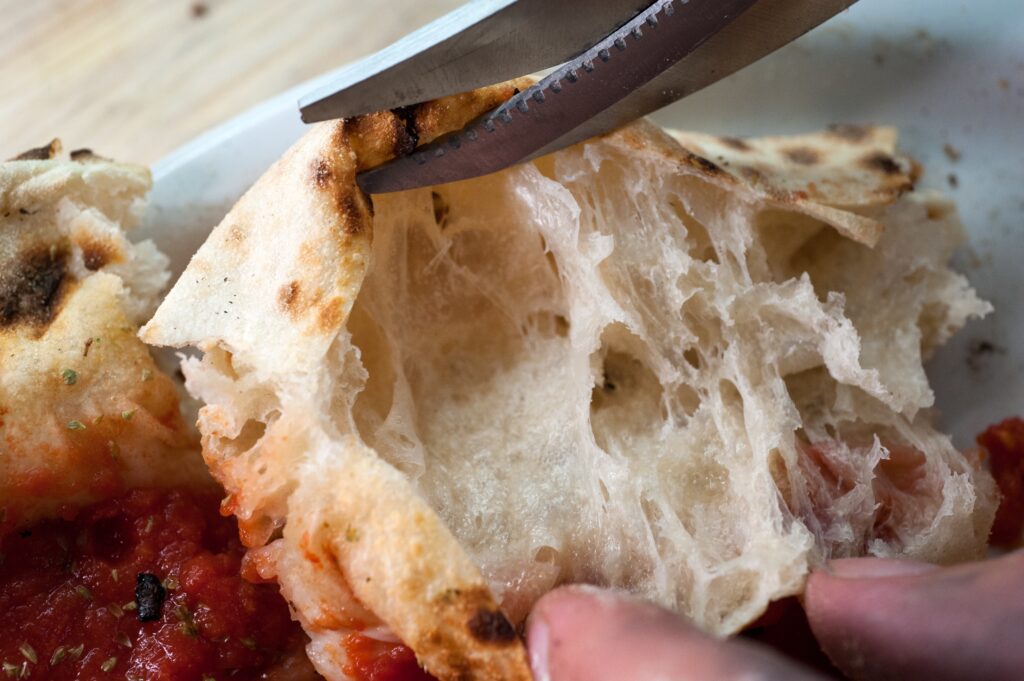
As the highest-gluten flour (13-14%), it’s key to helping you bake lusty, chewy artisan and whole-grain bread with a hearty, lofty texture. It’s suitable for breads that require long fermentation, like no-kneads, and great for dense, chewy breads like bagels, crusty rolls, artisan hearth breads, and pizza crusts — adding a toothsome quality and a bakery-worthy interior. Higher protein flour absorbs more liquid than other flours, so add about 1 tablespoon or more extra liquid for each 120g when subbing in a recipe.

Patent flour is milled from the innermost part of the wheat kernel’s endosperm, producing pure, high-quality white flour. It typically falls in the 12.2% to 12.8% protein range, making it suitable for breads and rolls that need structure and chewiness. Patent flour is usually made from hard spring wheat, contributing to its strong gluten development. It is ideal for yeast breads, European Artisan Breads, French breads, Ciabatta, Focaccia, rich sweet doughs, Cinnamon Rolls, and Doughnuts.

For baking bread, falling numbers ideally should be between 250 and 300 seconds, as this range indicates good flour quality and optimal enzyme activity. Falling Number measures the amount of pre-harvest sprouting that occurs in the grain while on the stalk in the field. It is a lab test in which a slurry of flour and water is placed in a test tube, and the time it takes for a plunger to fall through the slurry to the bottom of the test tube is measured.
The test assesses the level of alpha-amylase, an enzyme that breaks down starch in flour, negatively impacting bread quality.
For optimal baking results, flour with falling numbers between 250 and 300 seconds is generally considered ideal, especially for bread baking.
A very high falling number (above 300 seconds) can indicate a lack of enzyme activity, which may require the addition of amylolytic enzymes or malted flour to the baking process.
A low falling number (below 250 seconds) indicates high enzyme activity, often caused by sprout damage or high moisture content in the wheat kernels. Such flour might be unsuitable for milling and baking or require adjustments to the baking process.

Whatever you are baking, we hope this essential guide has been helpful and will give you insights into choosing the flour that best fits your desired results. Happy baking.
